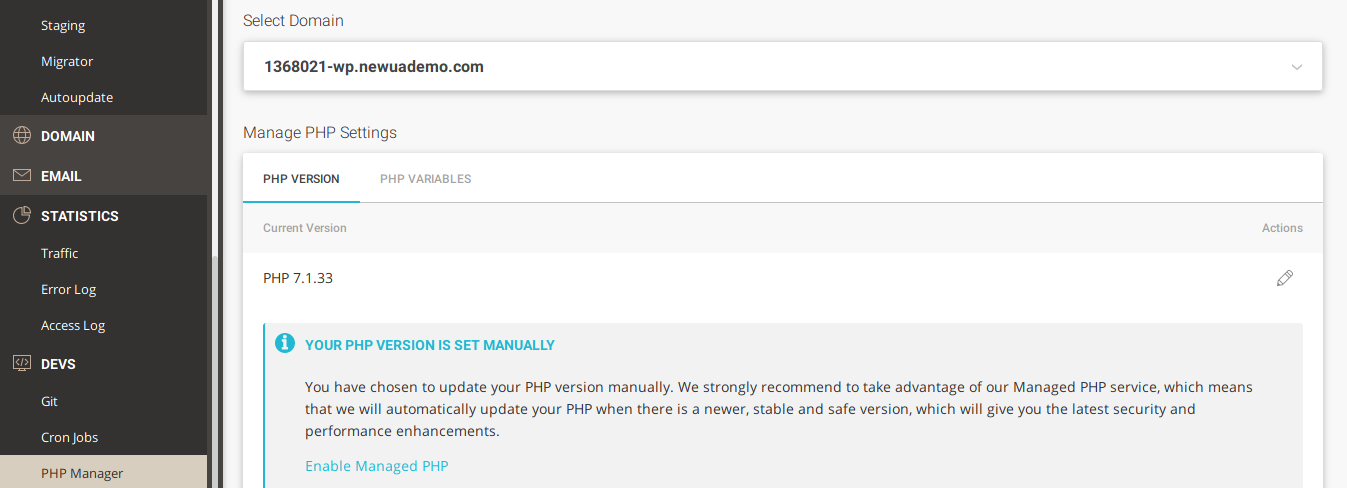In the ever-evolving world of AI-generated art, few platforms have captured the community’s attention as rapidly as Stable Diffusion, particularly through its web-based implementation, DreamStudio. Known for its fine-grained control and high-quality output, DreamStudio quickly became a favorite among digital artists, creators, and developers. However, users encountered a strange and frustrating period during which facial renderings often exhibited glitchy, distorted eyes, and upscale attempts ended in cryptic model_inference_failed 500 errors. This article takes a sober look at this troubling phase of DreamStudio’s history, its causes, the community response, and the eventual resolution.
TL;DR (Too Long; Didn’t Read)
Between late 2022 and mid-2023, many users of DreamStudio, powered by Stable Diffusion, reported consistent issues with rendering realistic human faces—particularly the eyes, which appeared deformed, misaligned, or unnatural. This instability was often accompanied by backend errors such as “model_inference_failed 500” during high-resolution upscaling. These issues were traced to a combination of unstable checkpoint versions and bottlenecks in cloud inference infrastructure. Eventually, the problems were mitigated through a patch of software optimizations and better load balancing on the inference backend.
The Strange Case of Glitchy Eyes
For AI artists relying on DreamStudio for character creation, facial aesthetics are non-negotiable. Whether generating promotional images, designing avatars, or simply exploring creative identity, the human face—especially the eyes—needs to look authentic. Across multiple community forums and GitHub issues, users began to raise concerns over a recurring visual flaw: the eyes were becoming warped, asymmetrical, or even unrecognizably abstract.
This problem, often dubbed by users as the “glitchy eye phenomenon”, wasn’t always reproducible with the same prompt. It appeared to vary depending on:
- The checkpoint version (e.g., SD 1.4 vs SD 2.1)
- Sampling method (e.g., Euler a vs DDIM)
- Strength of CFG scale
- Whether face restoration was enabled
- Resolution of generation, especially during upscaling
While artifacts in AI generation are not unusual, this specific deformation stood out due to how frequently it occurred and its unpredictable nature. Creators who had relied on earlier builds of DreamStudio noted that the quality of eye rendering had actually degraded over time, spurring theories on model regressions or broken encoders.

The Ubiquity of Model_Inference_Failed 500 Errors
Accompanying the visual flaws was a new technical headache. During the process of high-resolution upscaling—a frequently used feature that uses additional steps to increase image fidelity—users experienced a backend fault: the dreaded model_inference_failed 500. This indicated that the inference server had run into a severe internal error which it could not recover from.
Unlike front-end anomalies that could be fixed with browser refreshes or prompt changes, this 500 error was a server-side fault and symptomatic of deeper systemic issues. These could include:
- GPU memory allocation failures
- Concurrency crashes linked to popular usage periods
- Unstable custom pipeline scripts being pushed to production
Developers on Discord and Reddit speculated that the issue was being caused by malformed intermediate latents during the first pass of generation, which led to a conflict when the image was passed through the upscaling pipeline. Others blamed the increased load on Hugging Face-accelerated API endpoints or even a possible misconfiguration in the container orchestration system managing batch jobs.
Silent Downtimes and Community Frustration
What exacerbated the problem was silent downtime—periods where the system would fail to render or upscale images for hours, without any communication from the development team. While enterprise users may have access to priority support, the majority of DreamStudio users were left to vent their frustrations on public channels.
Key complaints included:
- Wasted DreamStudio credits on failed renders
- Inconsistent performance depending on time of day
- Lack of status updates on the DreamStudio homepage

This led to backlash in subreddits like r/StableDiffusion and sparked dozens of GitHub issues demanding transparency and rollback to stable checkpoint versions. The lack of an official incident report only fueled rumors that Stability AI was testing new models in production without notifying users.
Testing Theories, Workarounds, and Response
The open and modular nature of Stable Diffusion allowed the community to perform controlled experiments. Some researchers were able to trace the glitchy eyes to the attention mechanism being overloaded when generating portraits at lower denoising steps. Others pointed to poor prompt engineering, where the model’s failure modes became obvious when prompts featured too many scene descriptors alongside human subjects.
Among end users, several workarounds gained popularity:
- Generating at lower resolutions (e.g. 512×512) and using third-party upscalers like ESRGAN instead of DreamStudio’s high-res fix
- Switching to the Euler a sampler with a higher denoising strength and lower classifier-free guidance scale
- Specifying prompt details like “realistic eyes” or “symmetrical face” as a manual override
- Using ControlNet models to guide facial structure and expression separately
The Fix: Backend Patches and Checkpoint Updates
By mid-2023, several backend updates went live that dramatically reduced both the eye distortion issue and the 500 inference errors. According to a low-key update in the Discord changelog, the DreamStudio backend received:
- Greedy load balancing protocols to reduce inference blocking during high demand
- Partial checkpoint rollback to a heavily-tested internal branch of SD 2.1
- Support for sliced attention mechanisms that reduced GPU load during high-res upscaling
Moreover, DreamStudio also began returning more descriptive errors in the session logs—rather than the blanket “model_inference_failed”—helping developers diagnose specific causes like memory exhaustions or invalid latents.
Conclusion: Lessons for AI Product Maturity
The period during which Stable Diffusion, via DreamStudio, struggled with rendering realistic eyes and battled a wave of backend errors serves as a case study in the complexities of scalable AI deployment. As powerful as generative models have become, their successful usage depends not just on model weights and sampling algorithms—but on robust infrastructure, clear user feedback, and disciplined version management.
Moving forward, the incident presents important lessons:
- Always label experimental checkpoints clearly and avoid releasing them to production without rigorous testing.
- Invest in frontend error reporting to improve user experience and reduce support loads.
- Open communication with the community can soften the blow of technical mishaps.
Today, DreamStudio has regained much of the trust it lost during that turbulent phase, and performance has improved significantly. But for many creators, the glitchy-eyes era remains a powerful reminder of the fragile synergy between expectations and engineering in AI-generated artistry.



Leave a Reply